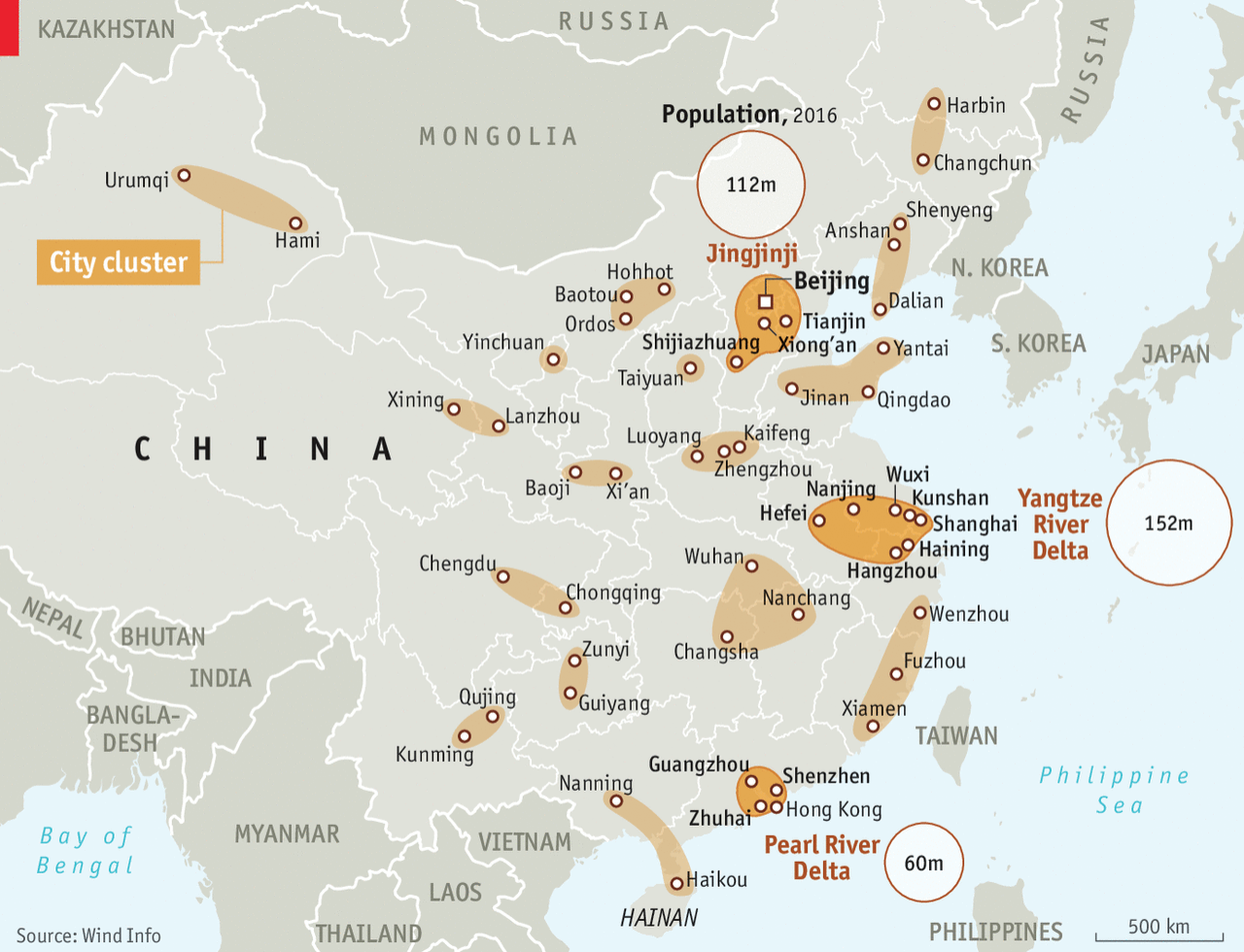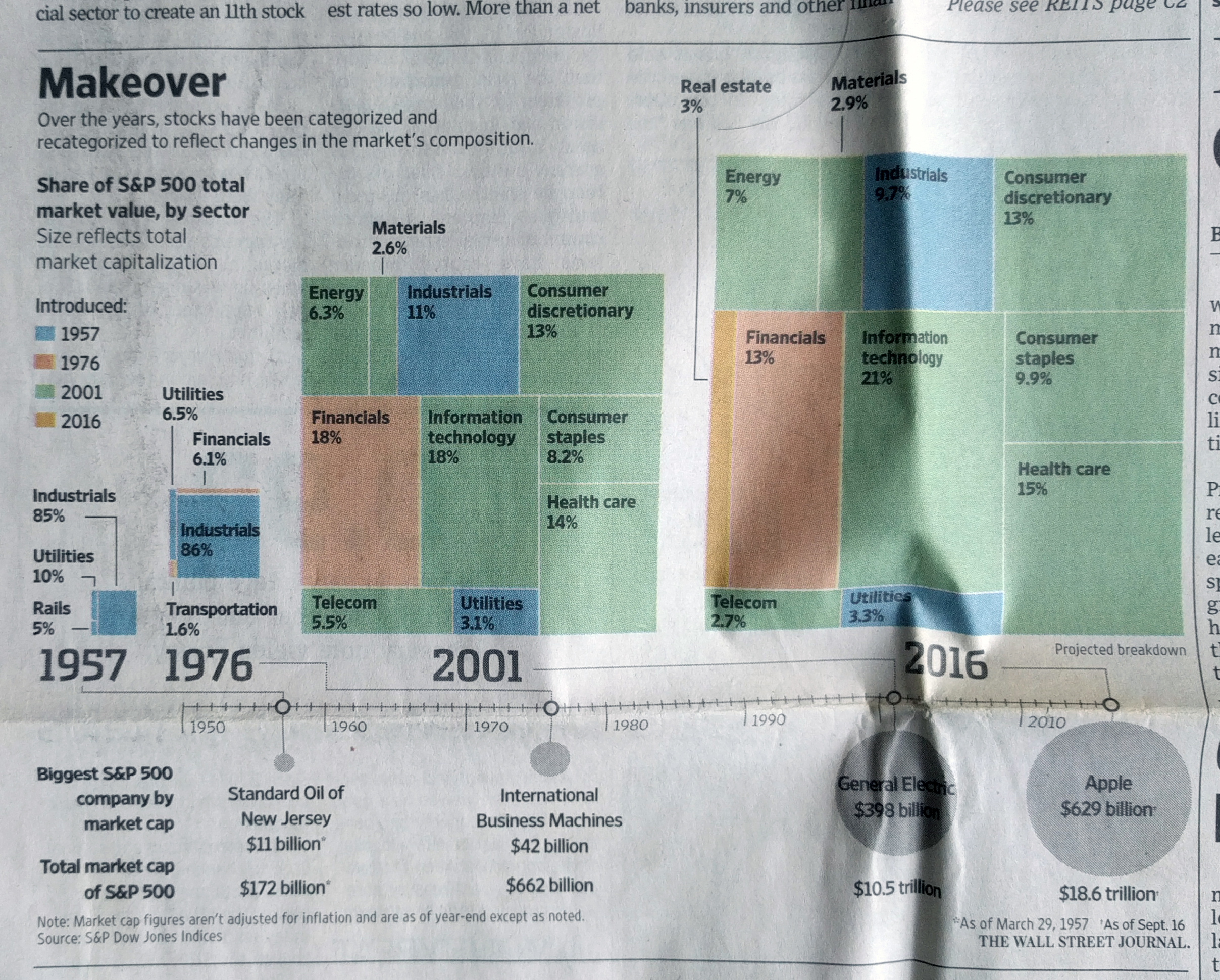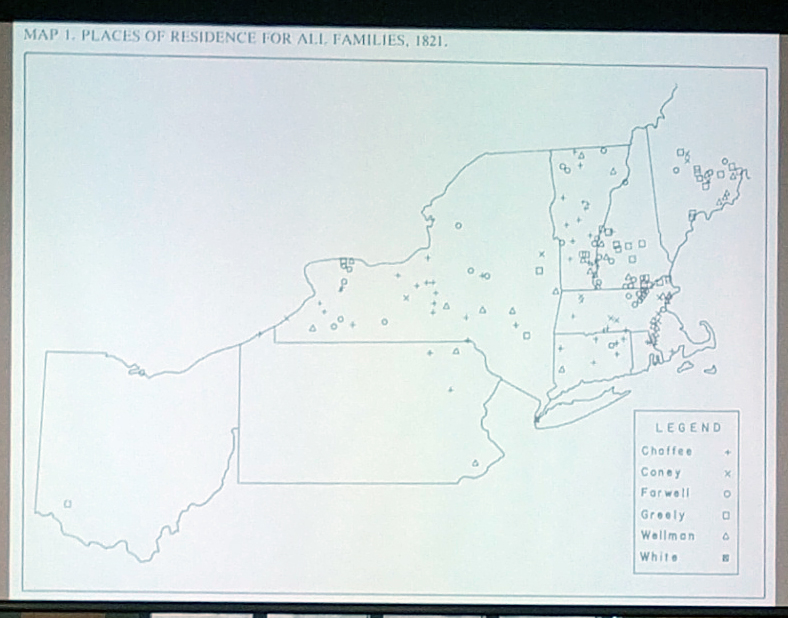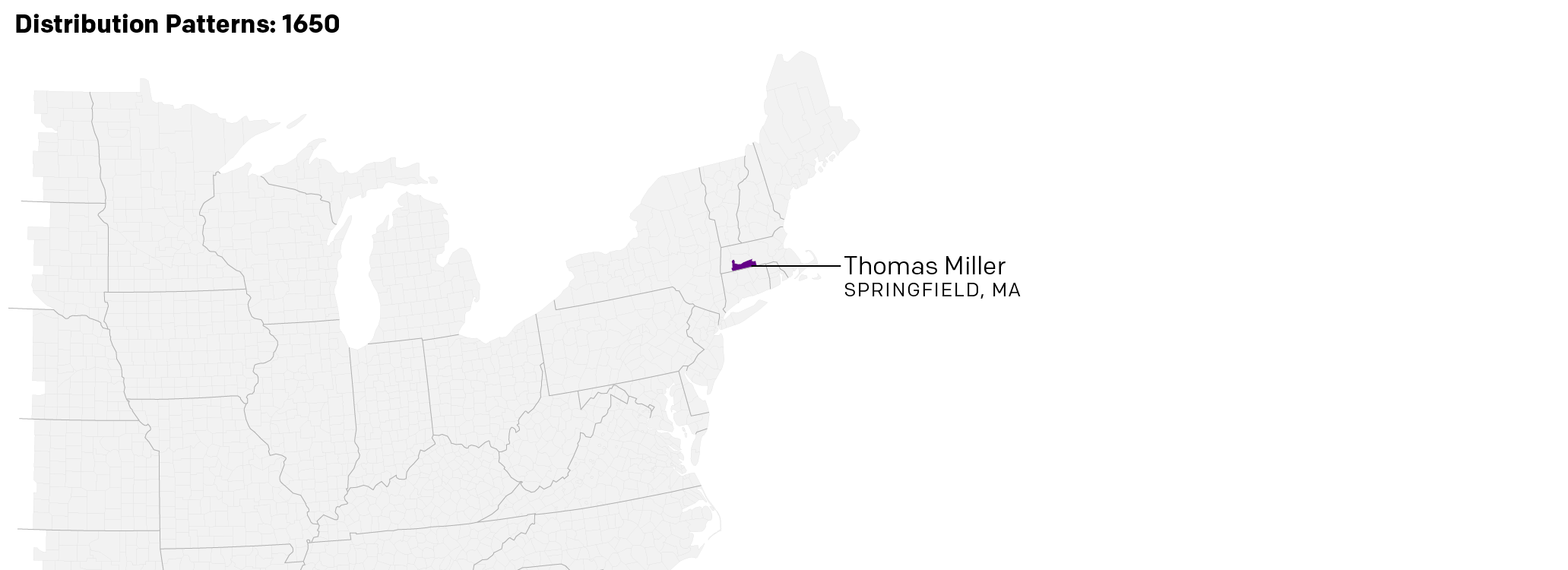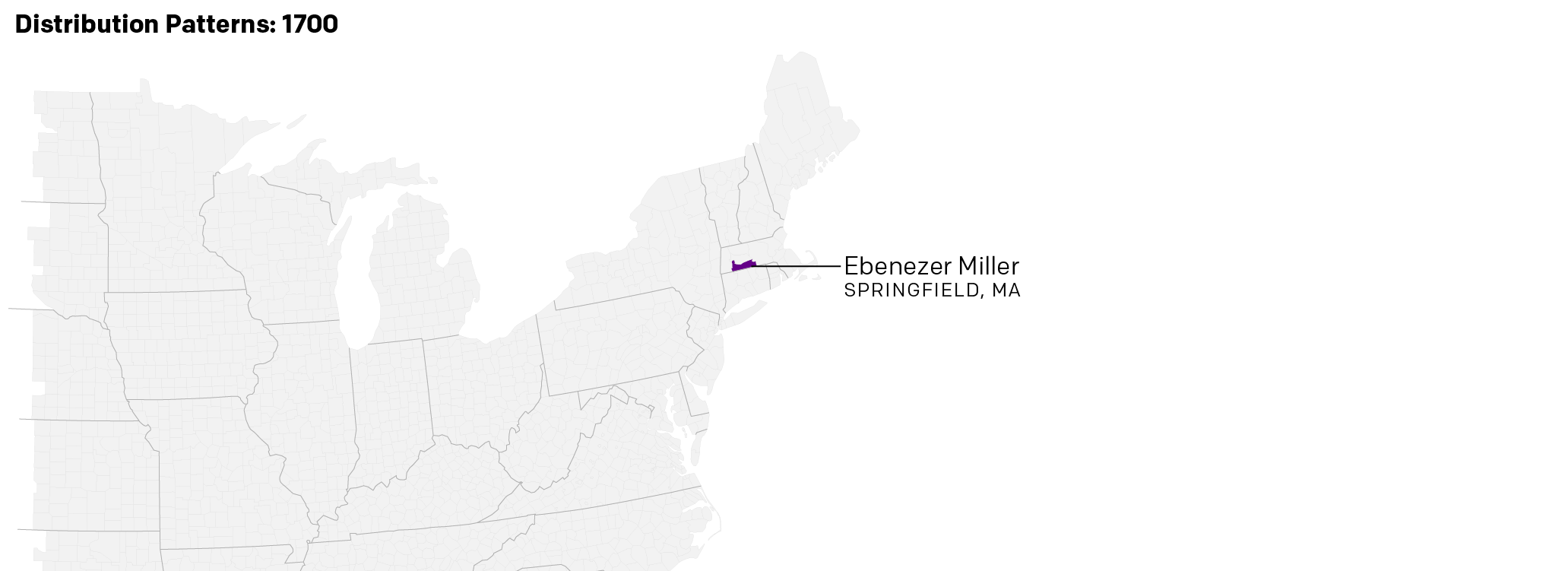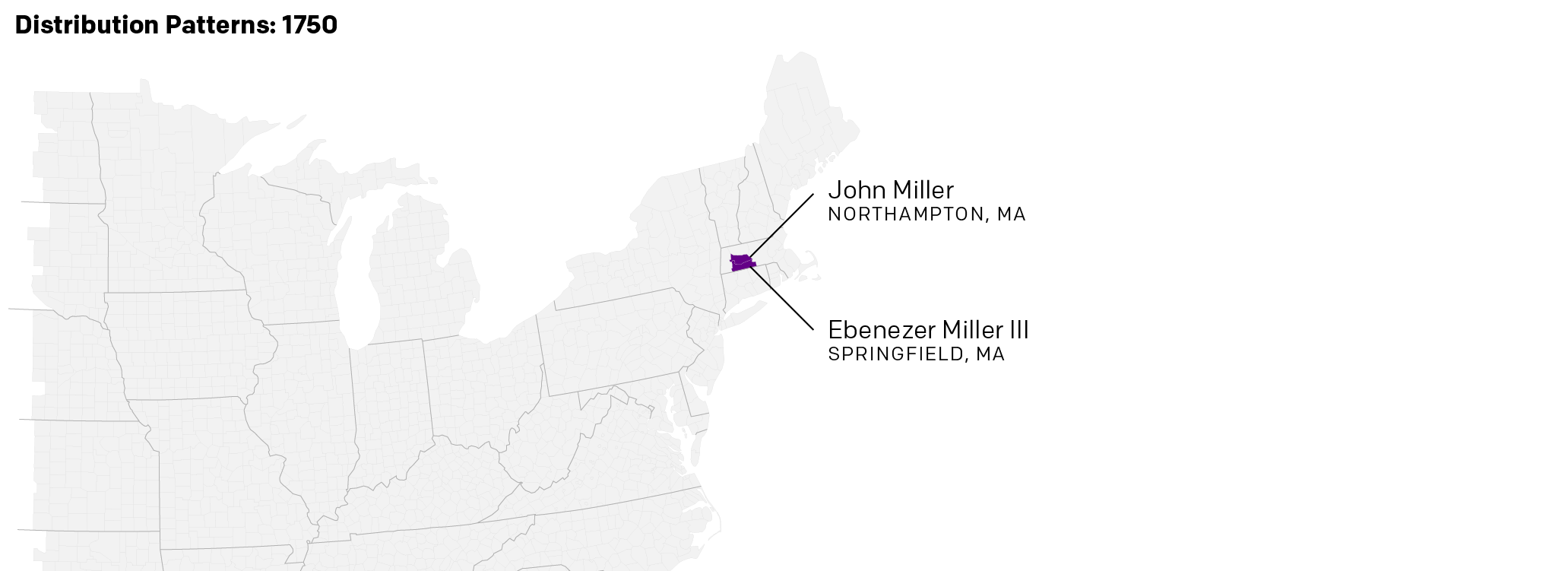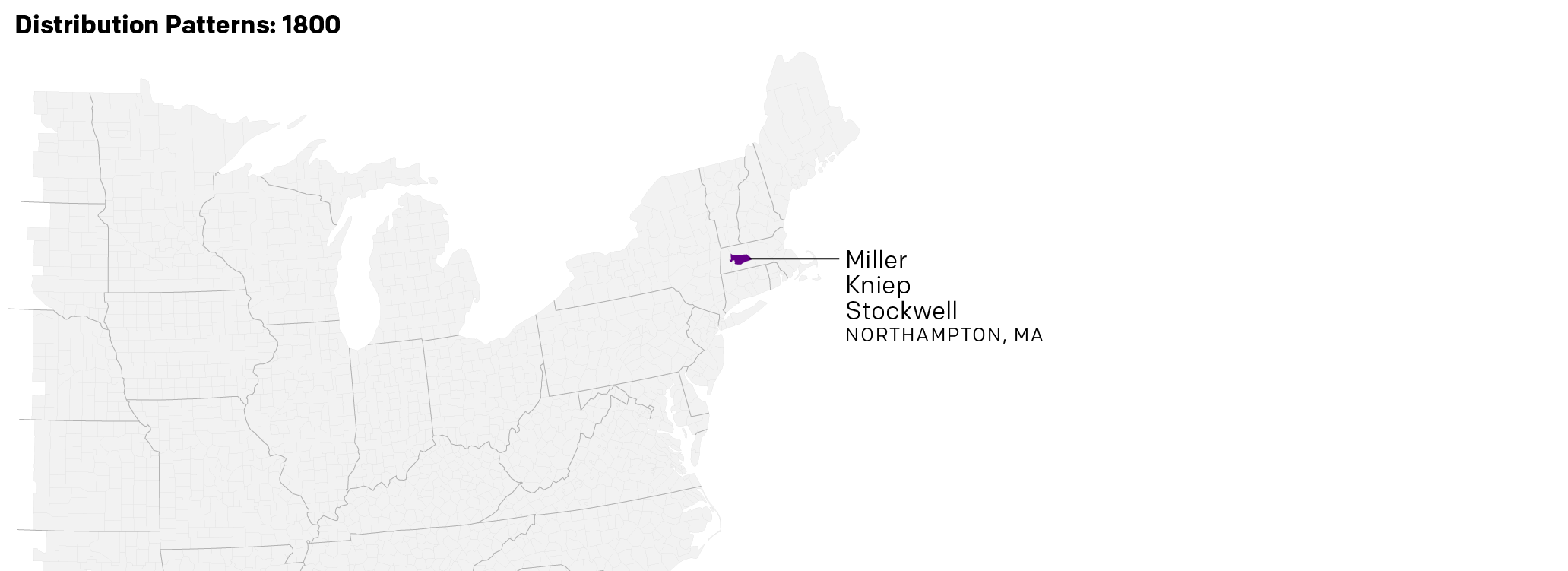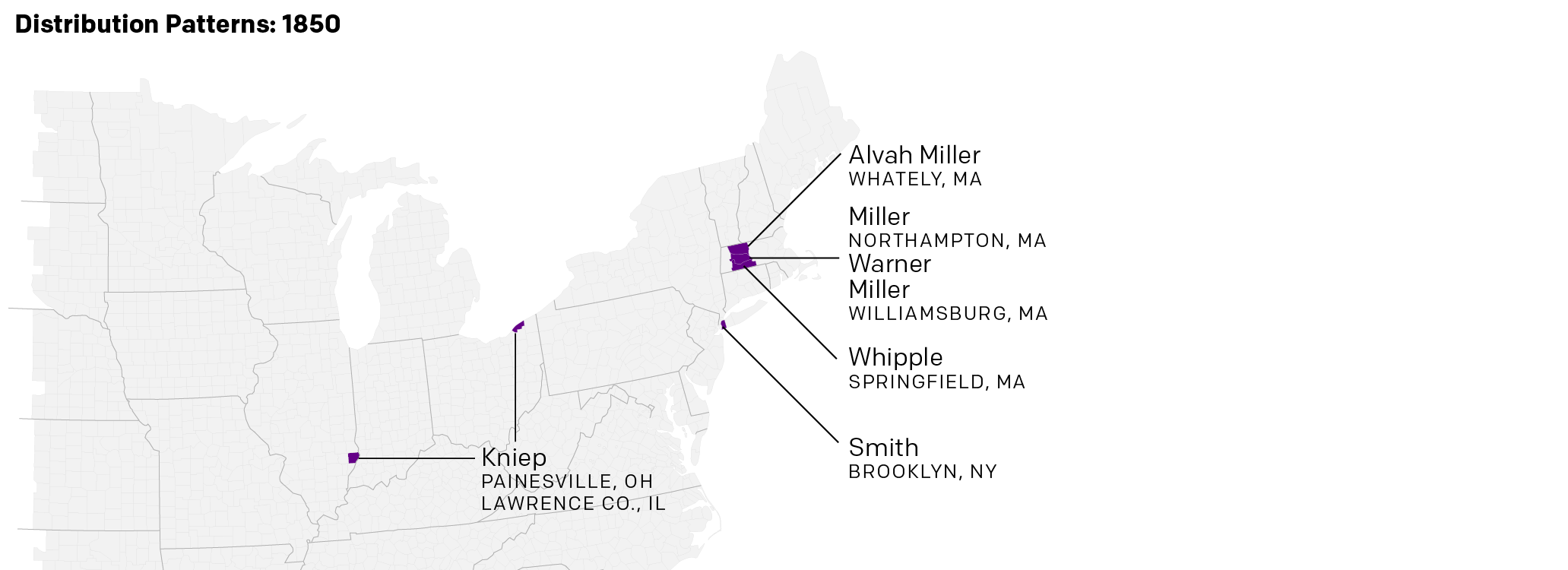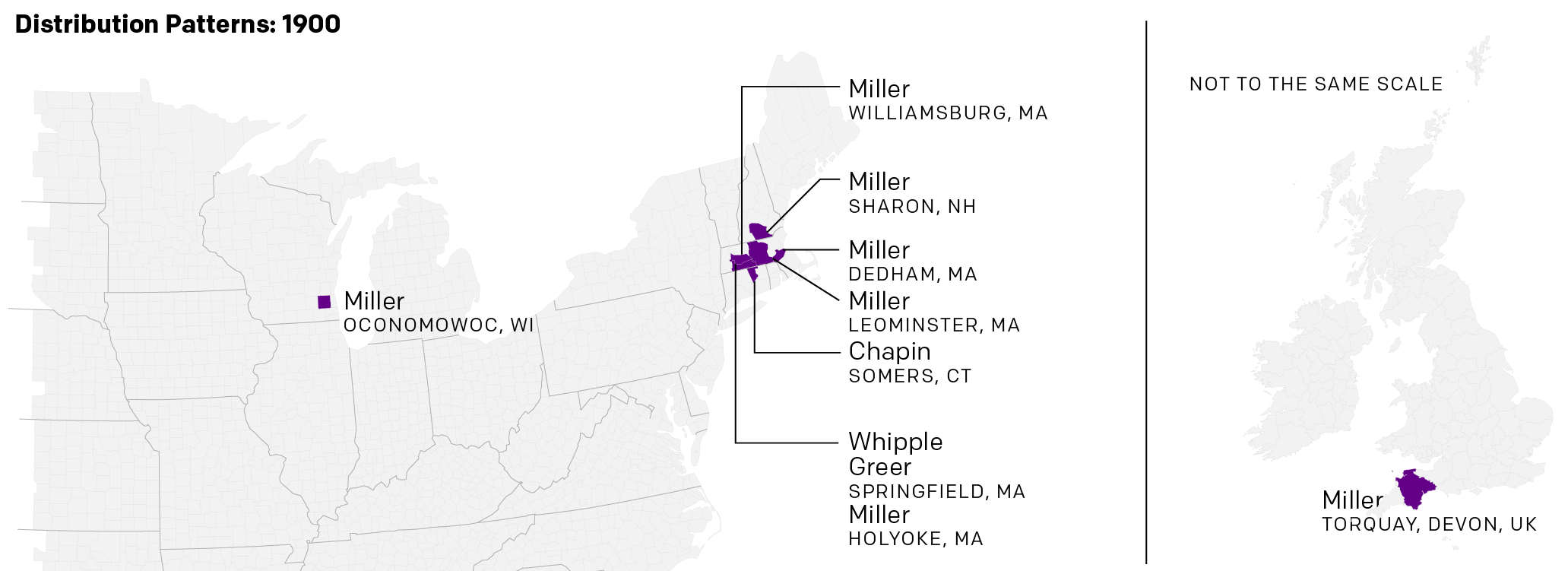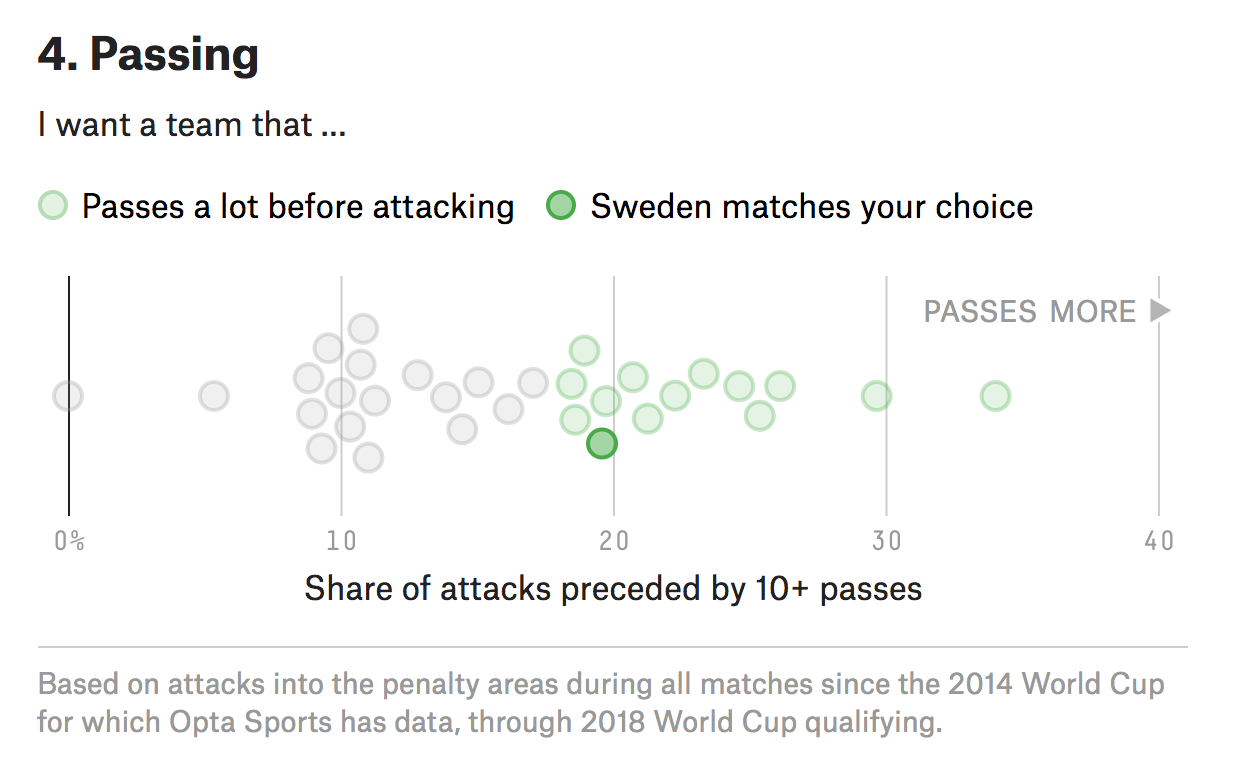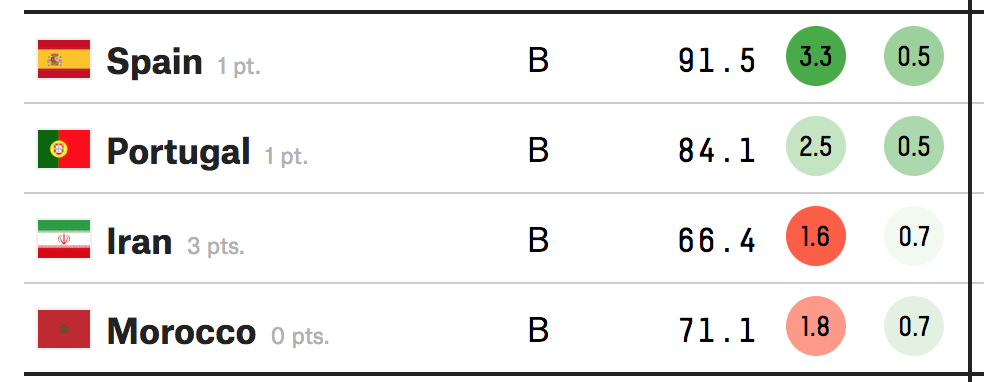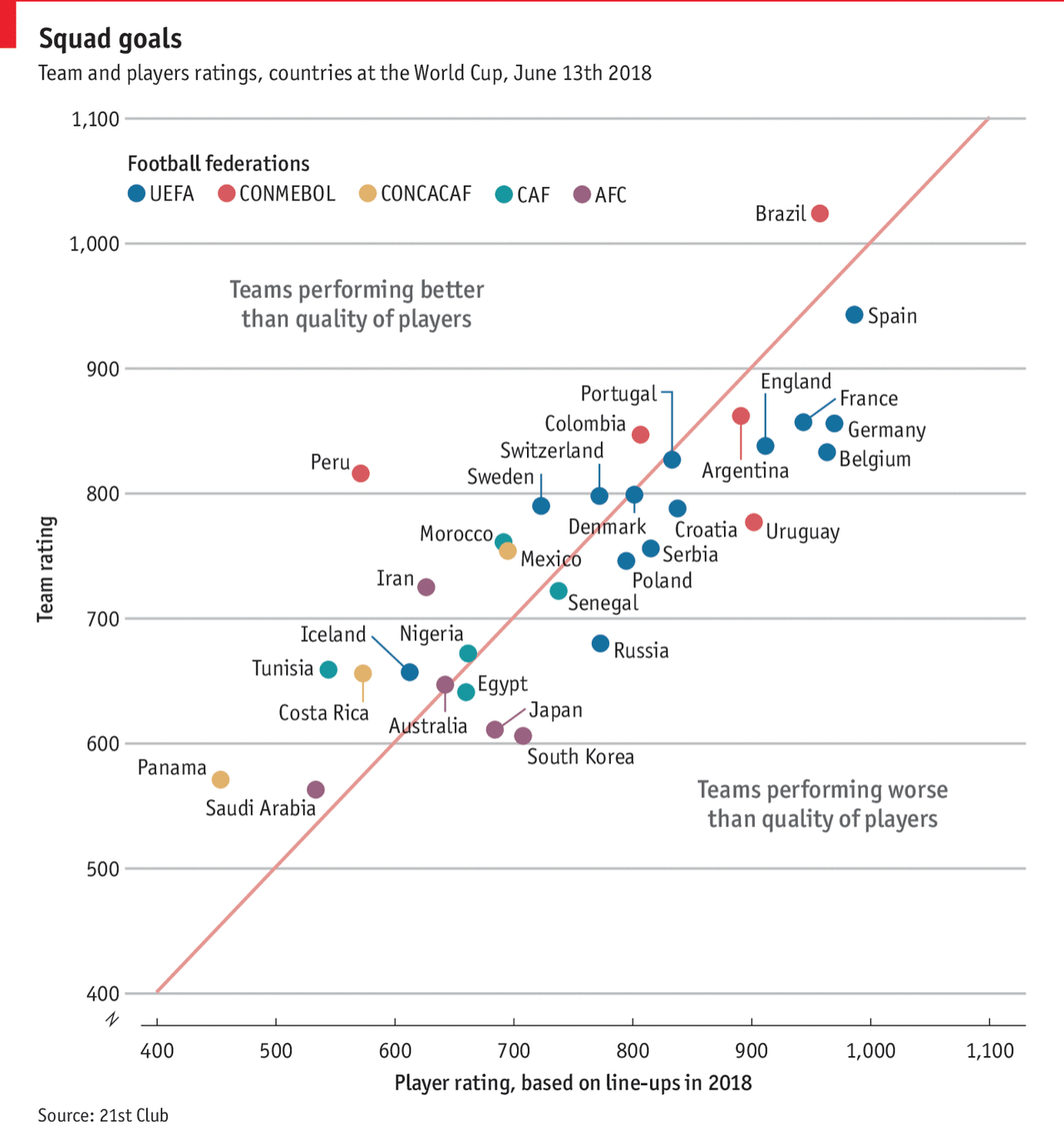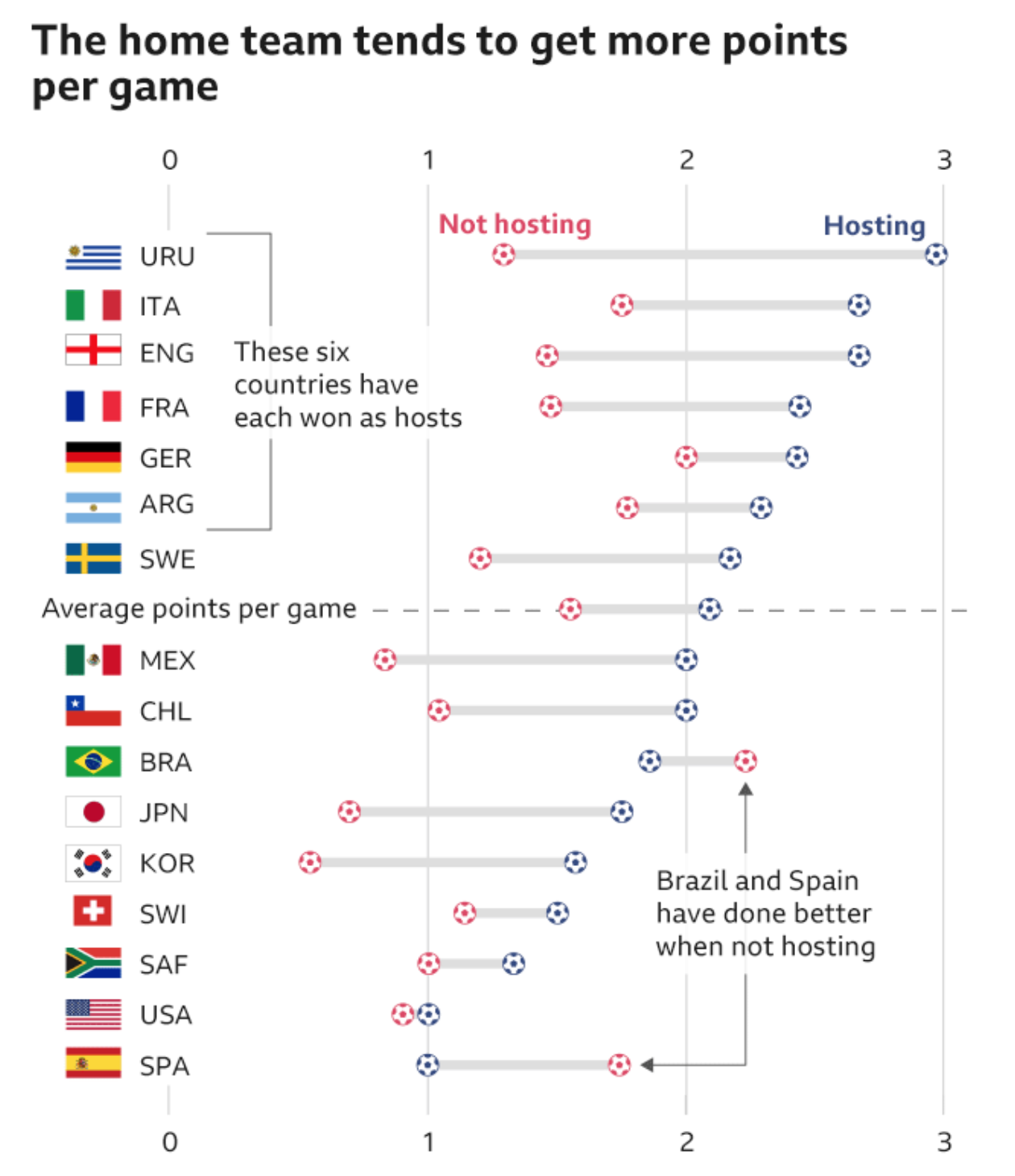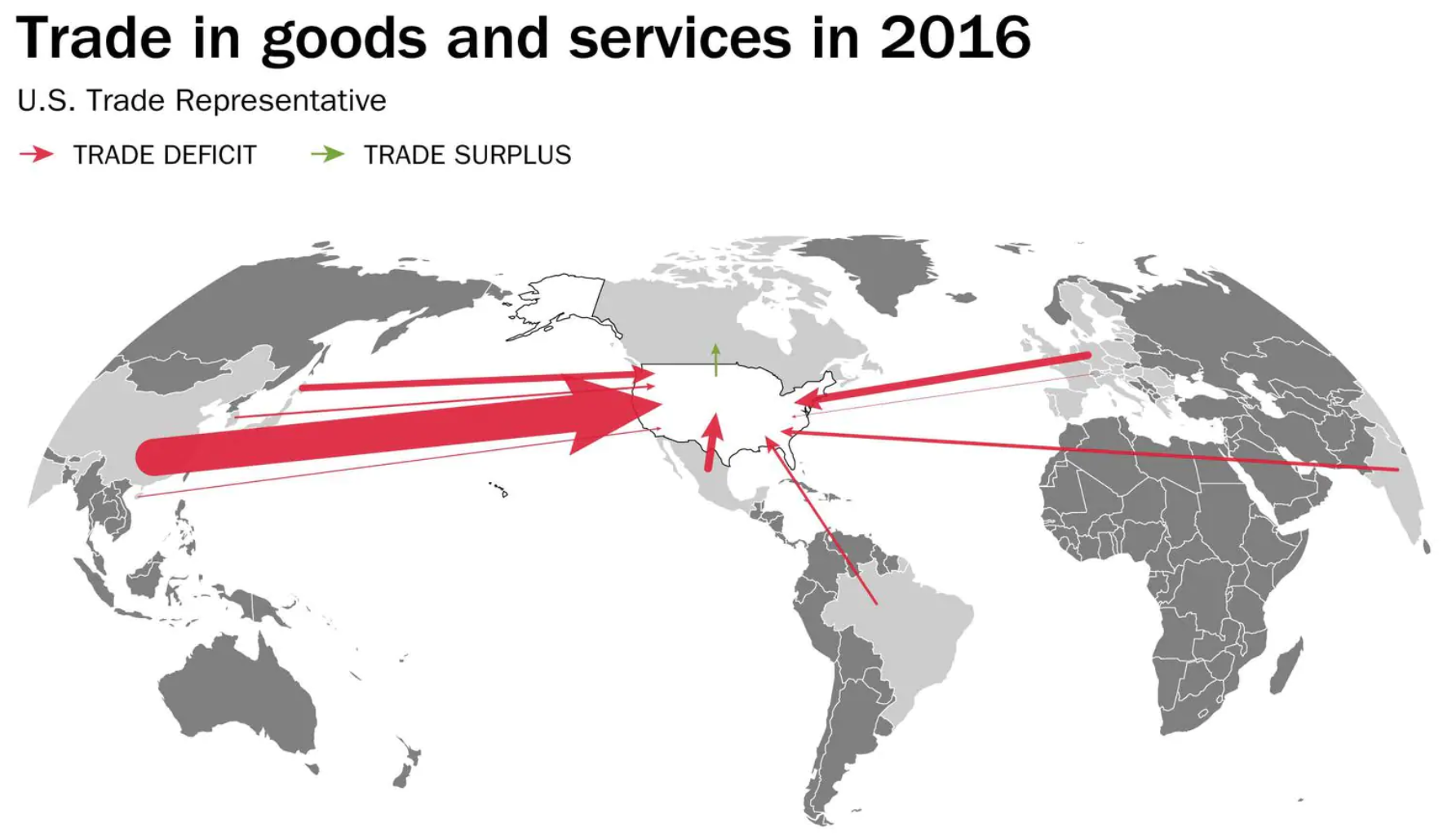Brexit is bad for Britain. Here is some proof from an article by Bloomberg that looks at where London-based banking jobs are headed post-Brexit. Spoiler alert, not elsewhere in Britain. The article purports to be more of a tracker in that they will add on data about jobs moving places when news breaks. But I cannot verify that part of the piece.
What I can verify is a sankey diagram. Underused, but still one of my favourite visualisation forms. This one explores where companies’ London-based banking jobs are moving. Right now, it clearly says Frankfurt, Germany is winning.

As sankeys go, this one is pretty straightforward. Aesthetically I wonder about the colour choice. I get the blues and that the banks are coloured by their ultimate destination. But why the gradient?
But conceptually the big question would be what about London? I probably would have kept London in the destination set. While many jobs are likely to leave Britain, some will in fact stay, and those lines will need to go somewhere in this graphic.
The piece also makes nice use of some small multiple maps and tables. All in all, this is a really solid piece. It tells a great—well, not great as in good news—story and does it primarily through visuals.
Credit for the piece goes to Gavin Finch, Hayley Warren and Tim Coulter.

